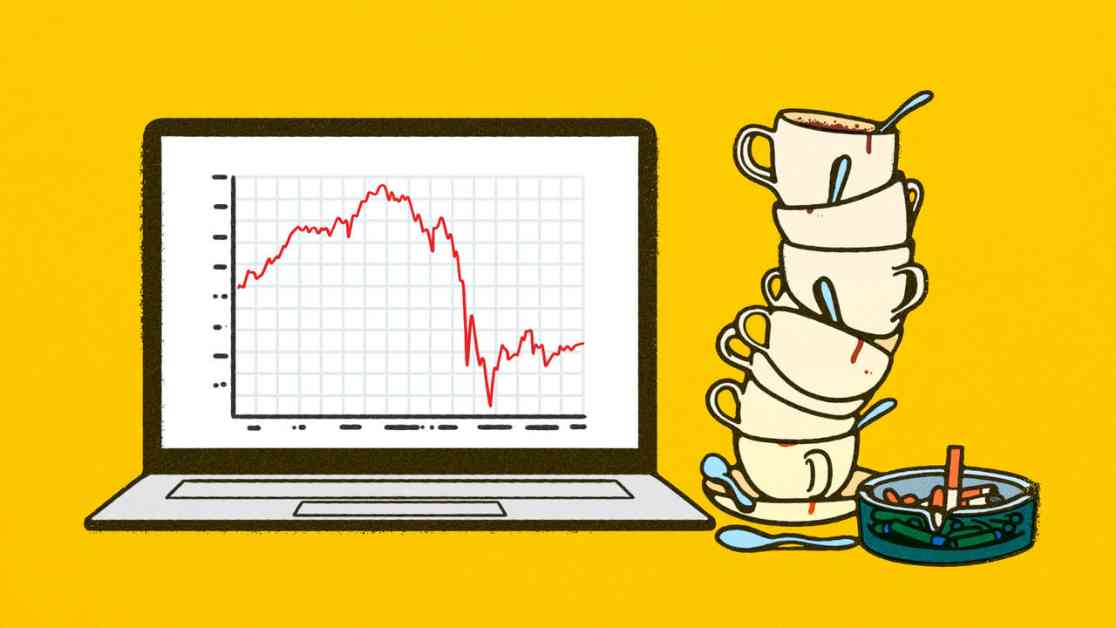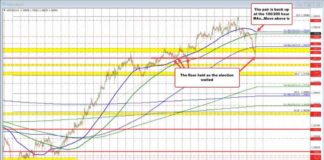On August 5th, the stock market experienced a significant downturn, with Japan’s Topix share index dropping by 12%, the worst since 1987. This decline was mirrored in South Korea and Taiwan, where stocks fell by 9% and 8% respectively. European markets were also struggling, creating a sense of unease among investors.
Before the American trading session began, the VIX index, which measures market volatility, was at a level not seen since the early days of the Covid-19 pandemic and the aftermath of the Lehman Brothers collapse in 2008. This raised concerns about the potential for a further market crash.
Interestingly, the price of gold, which is typically seen as a safe haven asset during times of market turmoil, was also falling. This indicated that investors may have been forced to sell off assets, including gold, to maintain liquidity and weather the storm.
The previous week had already seen a sharp sell-off in global markets, and the situation was quickly escalating into a full-blown crisis. The uncertainty and fear in the market were palpable, leading many to question whether this was just the beginning of even more drastic market movements.
As investors take a moment to reassess their positions and strategies, the possibility of a correction turning into a full-fledged crash looms large. The coming days and weeks will be crucial in determining the direction of the market and whether the worst is yet to come. It is essential for investors to stay informed, remain cautious, and be prepared for further volatility in the stock market.

















